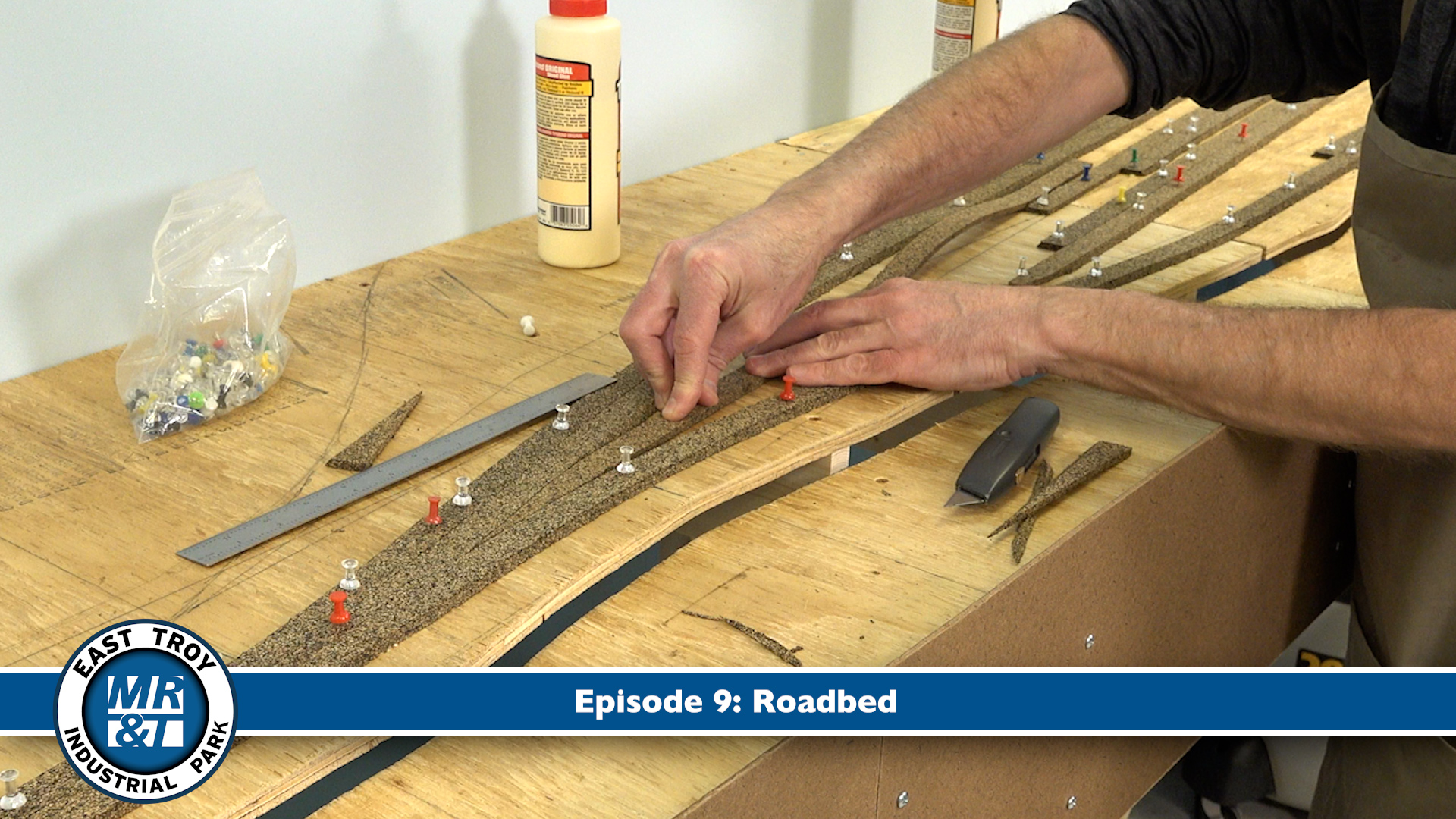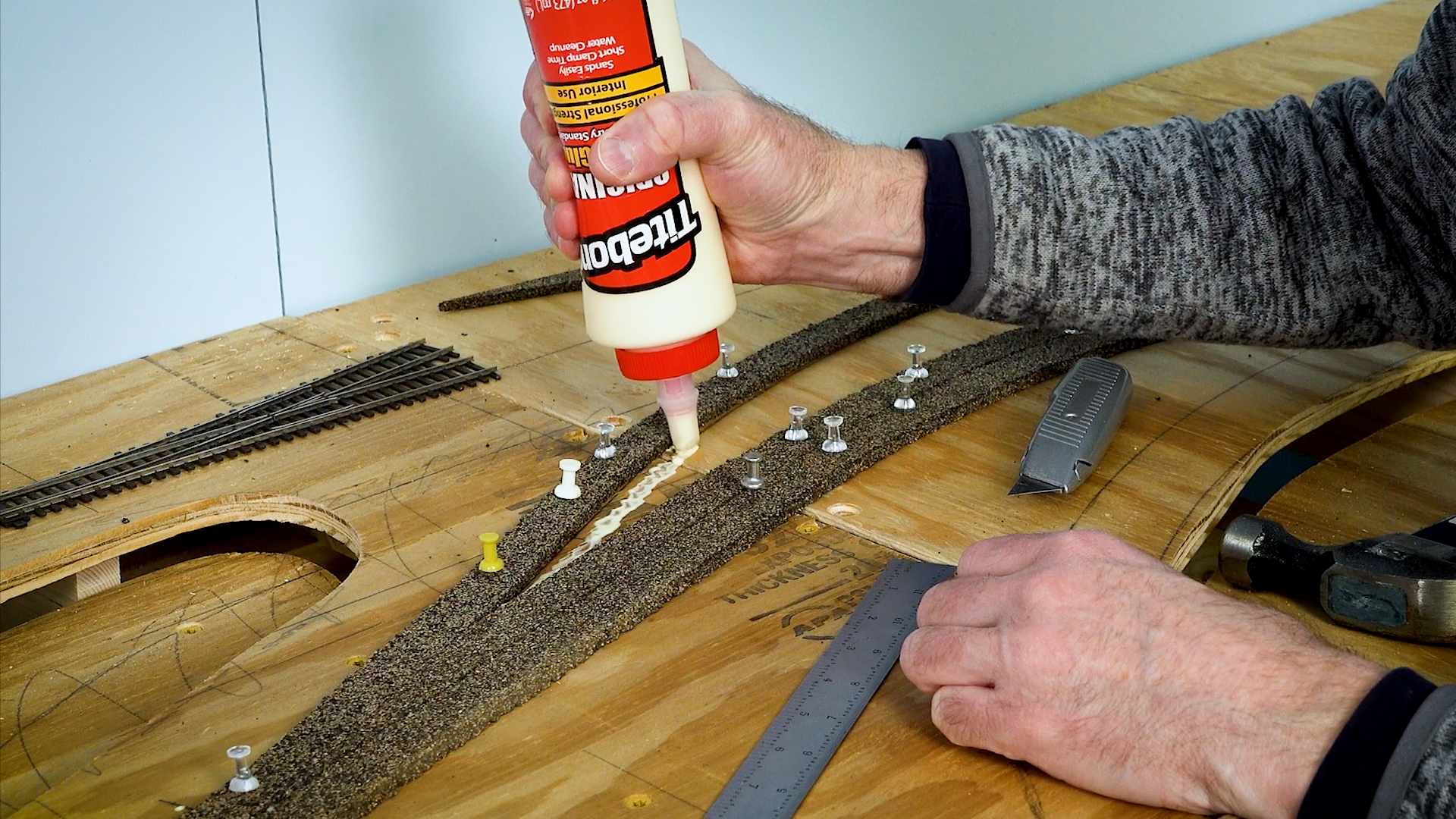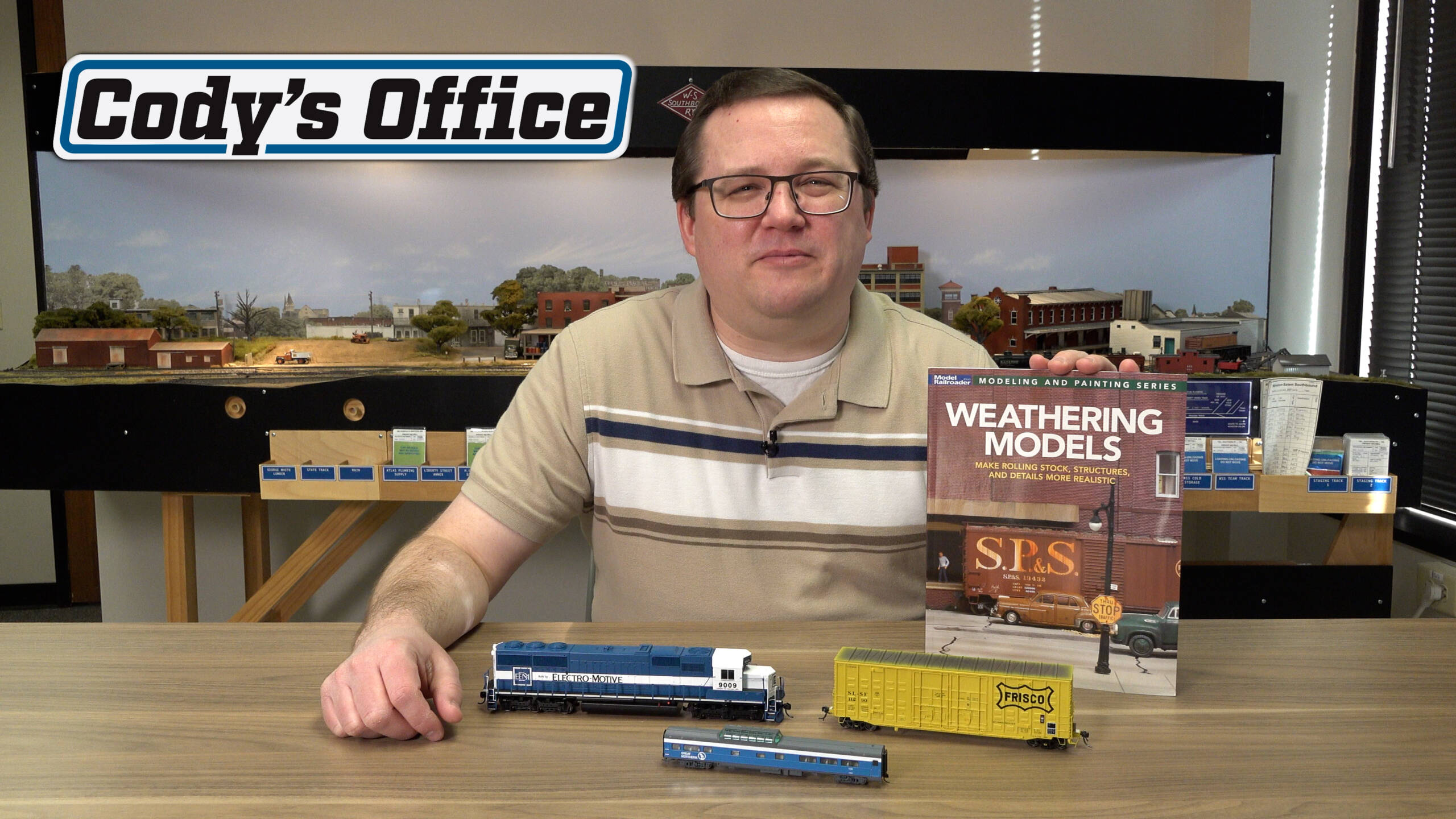Weathering is one way to add realism to any garden railroad or garden railway. Weathering helps train models and rolling stock appear as though they have been exposed to elements and harsh conditions — like full-sized railroads. Here are top tips you can use.
Paintbrush weathering
To create a weathered finish on a passenger car with a paintbrush, fill four or five small containers to the three-quarter mark with semi-gloss paint in the desired car color. Then mix in very small amounts of light gray or white, making each container slightly different from the others. Then, randomly paint the individual “boards” with the different shades of your chosen color. When all of the boards have been painted in this way, the finished car will have a well maintained but slightly faded look. For “wooden” freight cars, follow the same procedure, but use flat paint instead of semi-gloss.
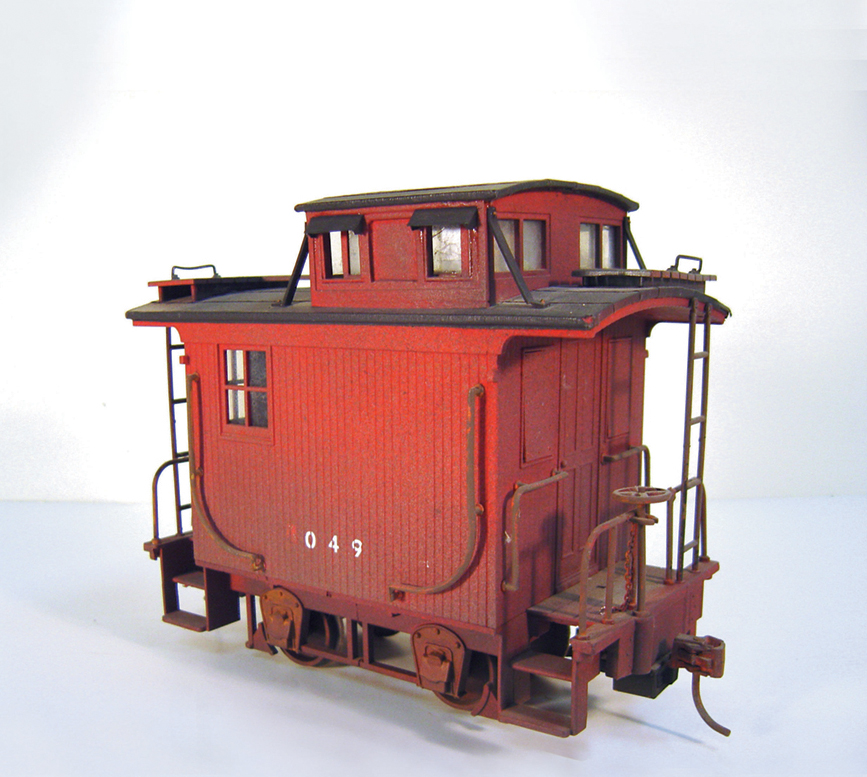
Spray-can weathering
One of the fastest way to weather a car is with spray paint. First, mask any “glass” with painters tape or other suitable material. Then, over the finished car, spray light coats of tan, gray, and black. Make it darker toward the bottom and lighter near the top. Experiment on scrap until you get the hang of things. —Photo and model: Larry TeGantvoort
An easy way to weather bare wood
Place several bits of rusty iron or steel (nails are good) into a jar of white vinegar. Let it steep overnight. Brushing on the mixture will result in a silver-graying of the wood. The more you apply, the darker it gets. It’s very convincing.
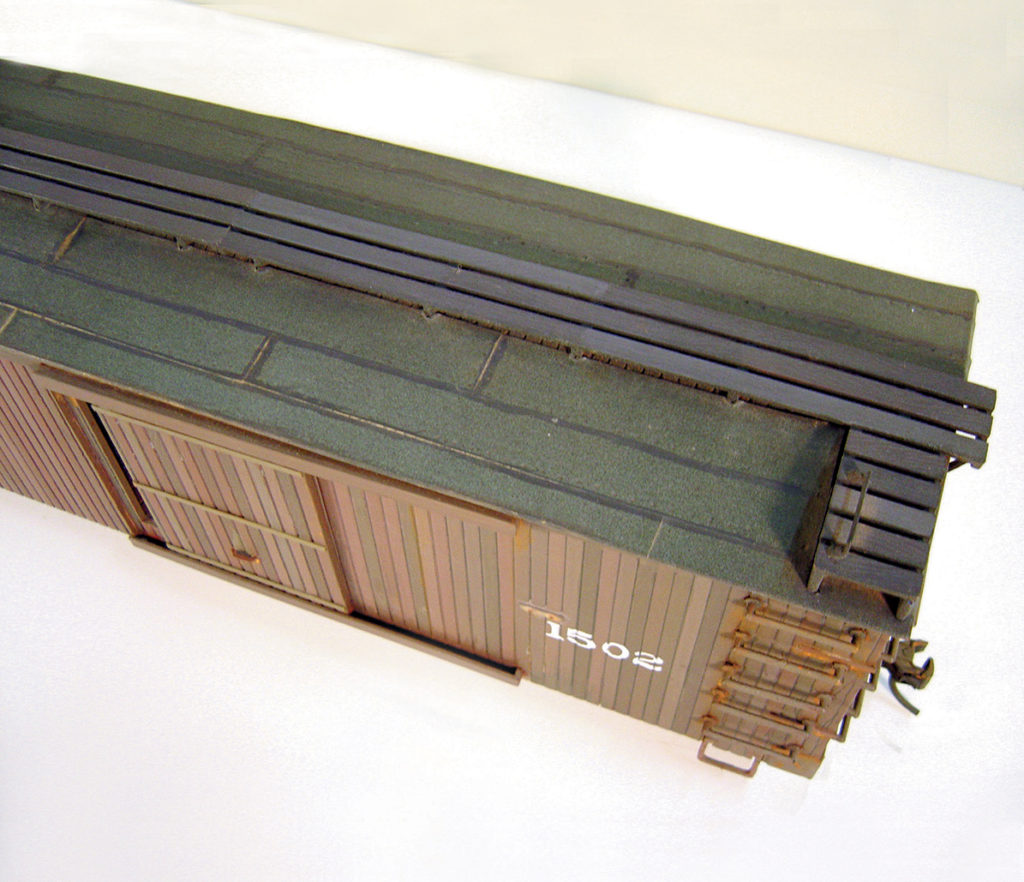
Tips on roof detail
Since our trains are often viewed from the top, it makes sense to detail the roofs. Black masking tape applied to the top of a car gives the look of a tarpaper roof. Spray a light coat of gray primer over it to give a weathered appearance, then paint black lines along the edges of the tape to represent tar. Just a few details on the roof of a weathered car will give the impression of a fully detailed piece of rolling stock. Some examples of this on a caboose, are cupola braces, window awnings, and a plate with bolt-head detail around the smokejack.
Better powder weathering
Weathering with powders will provide a more blended look than can be achieved with paint applied with a brush. It can be applied to rolling stock and structures alike. Powdered chalk works, but pigments used by masons to color mortar will hold up to the elements better. Buy several colors and experiment on scrap.
After painting and lettering the object, spray the entire piece with clear, flat finish. The coating has a slight roughness necessary for holding the weathering powder in place. Dip a 1″-wide paintbrush into the dry powder. Starting at the bottom, lightly brush the powder onto the subject with vertical strokes. Continue adding powder in light coats until the desired look is achieved. Finally, overspray with a second coat of flat, clear finish to seal the powder in place.






